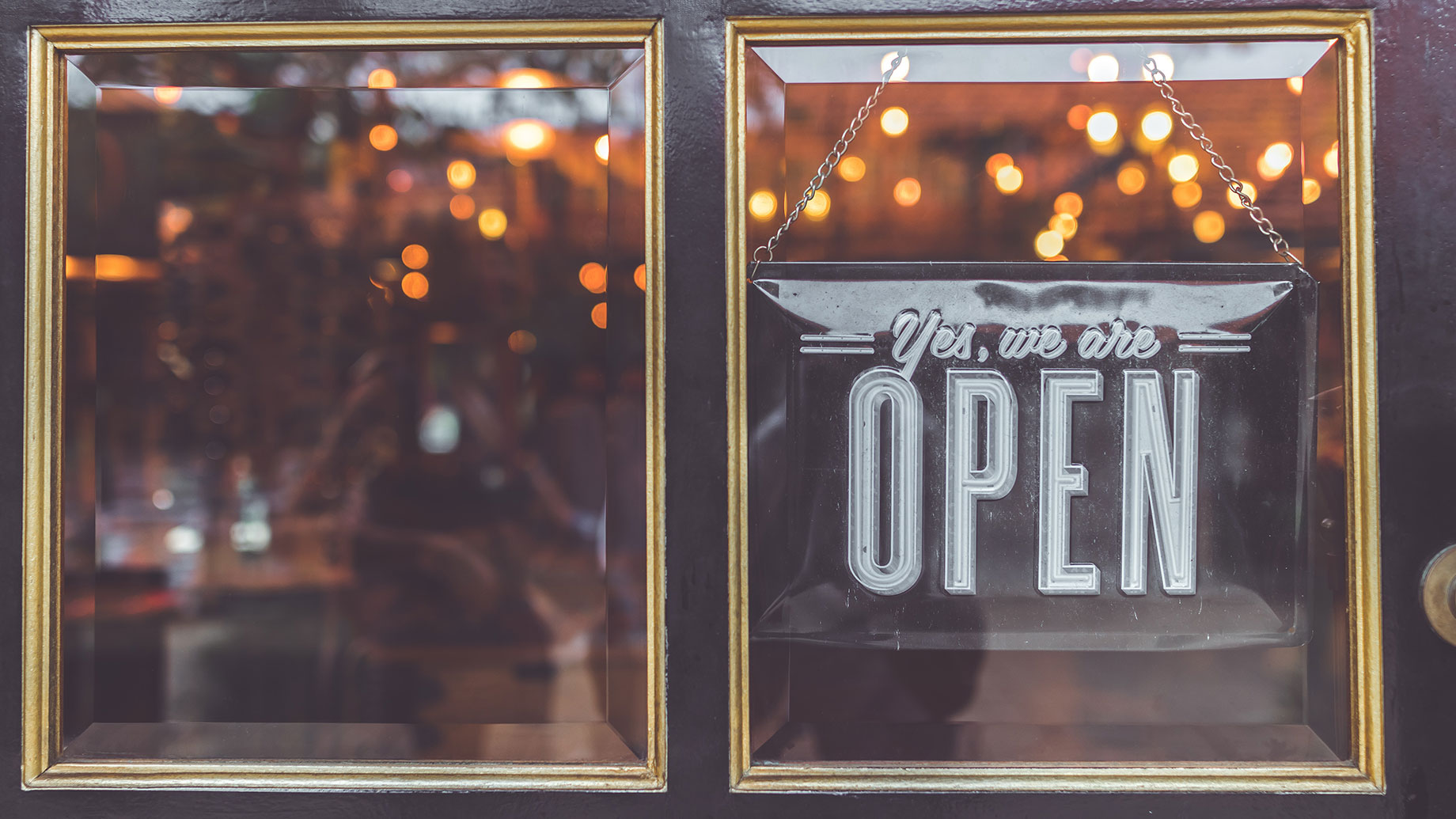While the retail industry is currently undergoing major disruptions with the advance of e-commerce, it remains essential to understand the critical phases that have marked its history, and shaped today’s retail landscape. The first cash register, for instance, was created by James Ritty in 1879. Over hundred years later, POS systems are still around, and are now more sophisticated than ever: they can be used anywhere, anytime, and on any device. This article will briefly cover the major milestones retail has reached over the last century which led to today’s modern landscape.
1900s to 1940s
In the early 1900s, shoppers used to visit their local corner stores. Mom and pop stores – still around today and consisting of a small business, usually family-owned with one single physical location – were particularly popular at the time. In-store purchases were not as important as most people didn’t own a car at the time. Instead of picking up the items they wanted in-store, shoppers used to make requests to the store owner at the counter. The biggest breakthrough in technology came with Frank Woolworth’s innovation of taking products from behind the counter and displaying them on the shelves, so people could both touch and feel them, much like they do nowadays. Thanks to this self-service model, shoppers didn’t need to constantly ask for an associate’s help. This fundamentally changed retail as customers became more involved in the process.
At the beginning of the last century, Great Britain had one of the most innovative department stores in the world, and even featured elevators. In the 1930s, Selfridges added public bathrooms to their stores, enabling shoppers to spend more time shopping. These retailers were particularly innovative as they moved towards the experience we know today, where going to a store is an enjoyable all-day activity.
1940s to 1970s
As more people began relying on their cars and moving to the suburbs, huge enclosed shopping malls started to appear. The first fully enclosed, climate-controlled mall opened in the United States in 1956. Advances in technology, such as air conditioning, helped open the door to mass retailers. At the same time, open-air locations called strip malls also became popular.
1970s to 1990s
The big category killers that we still see today began to squeeze out many smaller businesses during the 1980s. Some major retailers filed for bankruptcy during that time, as they were too slow to adapt to consumers’ evolving needs.
1990s to today
The breakthrough of the century that completely revolutionized shoppers’ habits is the introduction of e-commerce, which has contributed to the removal of international borders, and has raised the bar for customer experience. Modern technology has even enabled “regular” people to sell online on pure-player websites like Amazon, and Etsy. However, if modern retailers hope to sell the way today’s customers buy, they need to invest in the right enterprise-grade software.
Mobile commerce has become a worldwide phenomenon, with customers now shopping at home, in stores and on the go, no matter where they are in the world. Offering outstanding personalized customer experiences has also become essential. The lines between the online and offline channels are now especially blurred, and customers demand options like Buy Online, Pickup In Store (BOPIS). What’s more, today’s shoppers are all about “retailtainment”: shopping is a leisure activity they truly enjoy.
Omni-channel experiences are what consumers expect, and if you’re not meeting their needs they’ll go straight to your competitors. Just like the retailers of old, who were not able to adapt in the past and failed, those who refuse to invest in cutting-edge technology will likely eventually succumb to the retail meltdown.

